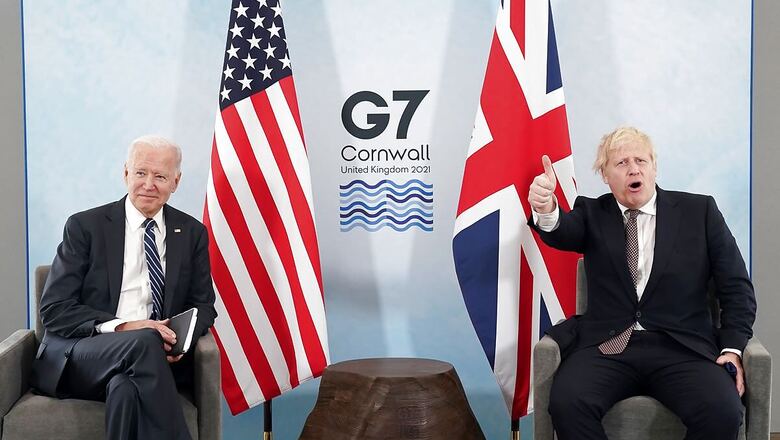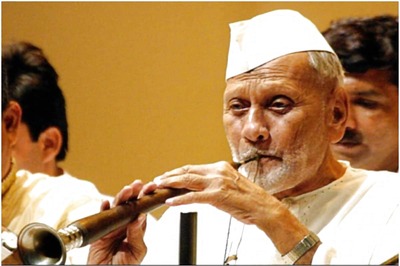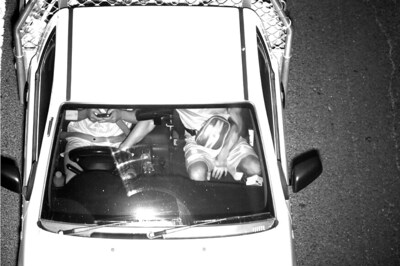
views
The G7’s plan to donate one billion Covid-19 vaccine doses will help combat the pandemic in poorer countries but will hardly end the drastic global imbalance in access to jabs.
Vaccination rates in the world’s poorest nations are way behind the Group of Seven industrialised powers and other wealthy states.
In terms of doses administered so far, the imbalance between the G7 and the planet’s low-income countries, as defined by the World Bank, is 73 to one.
The World Health Organization welcomes pledges of future vaccine donations but has stressed that while sharing doses is essential, the matter of when is just as important.
By the time those doses reach poorer countries to vaccinate health workers and the elderly — who are the most vulnerable to dying of Covid-19 — the G7 could be well advanced with jabs to children.
A WHO spokeswoman said Friday that it was “very heartening” that countries holding large numbers of doses were now heeding “the call that we’ve been making since January”.
The United States and the European Union have promised to vaccinate most of their adult population by the end of summer in the northern hemisphere.
WHO chief Tedros Adhanom Ghebreyesus has called for a massive effort to vaccinate at least 10 percent of the population in all countries by September, and at least 30 percent by the end of the year.
That will require an additional 250 million doses by September, with 100 million needed in June and July alone.
The call for equitable vaccination is driven by concerns that if parts of the world are left wide open to virus transmission, the greater the chances of ever-more worrying mutations emerging — variants that could eventually evade vaccines.
Scale of the imbalance
Nearly 2.3 billion doses of Covid-19 vaccines have been injected in at least 216 territories around the world, according to an AFP count.
A quarter of those doses have been administered in G7 countries, which account for 10 percent of the population.
In the highest-income countries, accounting for 16 percent of the global population, 67 doses have been injected per 100 inhabitants — 73 doses within the G7.
That figure stands at just one dose per 100 in the 29 lowest-income countries, home to nine percent of the world’s people.
Covax scheme
Covax is the globally-pooled coronavirus vaccine procurement and equitable distribution effort.
Launched in June 2020, it is co-led by the WHO, the Gavi vaccine alliance and CEPI, the Coalition for Epidemic Preparedness Innovations.
Covax was set up to combat the likelihood of rich countries buying up most available doses — which occurred exactly as predicted.
It intends to procure enough vaccines for 30 percent of the population in 91 of the poorest participating territories — 20 percent in India — with donors covering the cost.
Many poorer countries are entirely reliant on Covax, and the scheme has already delivered more than 81 million doses to 129 territories.
But that is about 200 million doses behind where it had hoped to be at this point, says the WHO.
It has been hit by a shortage of vaccines available to purchase, plus delivery delays.
AstraZeneca shots make up 97 percent of doses supplied so far, while the rest come from Pfizer/BioNTech.
The Serum Institute of India, producing AstraZeneca doses, was supposed to be the backbone of Covax’s supply chain — but India restricted exports to combat its own devastating coronavirus surge.
The WHO on Monday called for vaccine manufacturers to give Covax first refusal on new doses, or commit 50 percent of their volumes to the scheme.
– Ramping up vaccine production –
The heart of the problem is that current global vaccine manufacturing capacity is simply not big enough to end the pandemic quickly.
Last month, leading pharmaceutical industry groups based in Europe and the United States said an estimated 11 billion vaccine doses could be produced by the end of 2021.
One hotly-contested idea for increasing production is a temporary lifting of intellectual property rights on vaccines.
Discussions on the issue at the World Trade Organization made a little headway this week after months of deadlock, but any deal still seems far off.
WTO agreements need the consensus of all 164 member states.
Supporters say an IP waiver would stimulate production in developing countries.
Detractors would rather focus on lifting supply chain obstacles and rely on licensing arrangements already covered by the WTO rules.
Meanwhile the pharmaceutical industry has warned that bringing newcomers i
Read all the Latest News, Breaking News and Coronavirus News here.



















Comments
0 comment